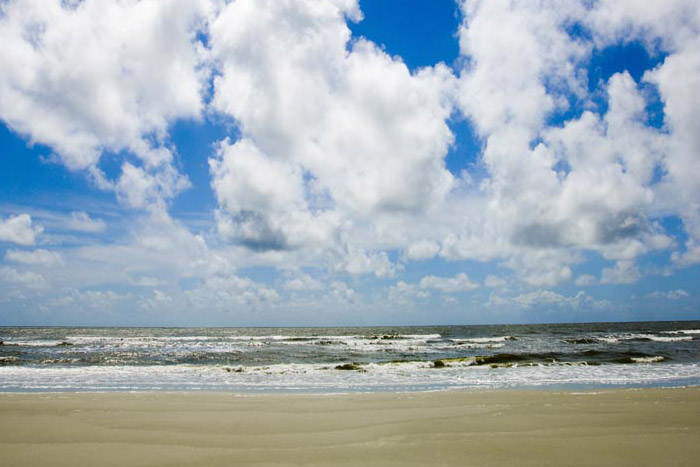Overview
Learn about the Georgia coast and its unique tidal ecosystem.
Short winters and the occasional freeze means that Georgia’s coast is well-known for its warm weather during the long spring and fall seasons. In the winter, the temperature can range from the high 40s to the 60s, but in the warmest months of July and August the temperature can fluctuate between the high 80s to the high 90s. Thanks to cool ocean breezes, the temperature on the barrier islands are not as intense as the mainland.
A distinguishable characteristic of the Georgia coast is its tidal ecosystem. The Georgia coast is in the approximate center of the curved coastline known as the Georgia Bight, which extends from Cape Fear, North Carolina to Cape Canaveral, Florida. As the tide approaches the Atlantic coast, the northern portion of the Bight is hit first. As the water makes its way towards the center of the Bight along the Georgia coast, the water piles up and increases in elevation.
Nearby coastal communities of Cape Hatteras and Miami generally have two-foot tides, but by the time the water reaches the Georgia coast, the high and low tides rise and fall between six to ten feet twice a day.
Most of the rainfall on the coast occurs from May through August in local afternoon thunderstorms. The annual rainfall averages 53 inches on the coast compared to the 48 inches in central Georgia. About once every ten years, a hurricane will pass over the coast.

